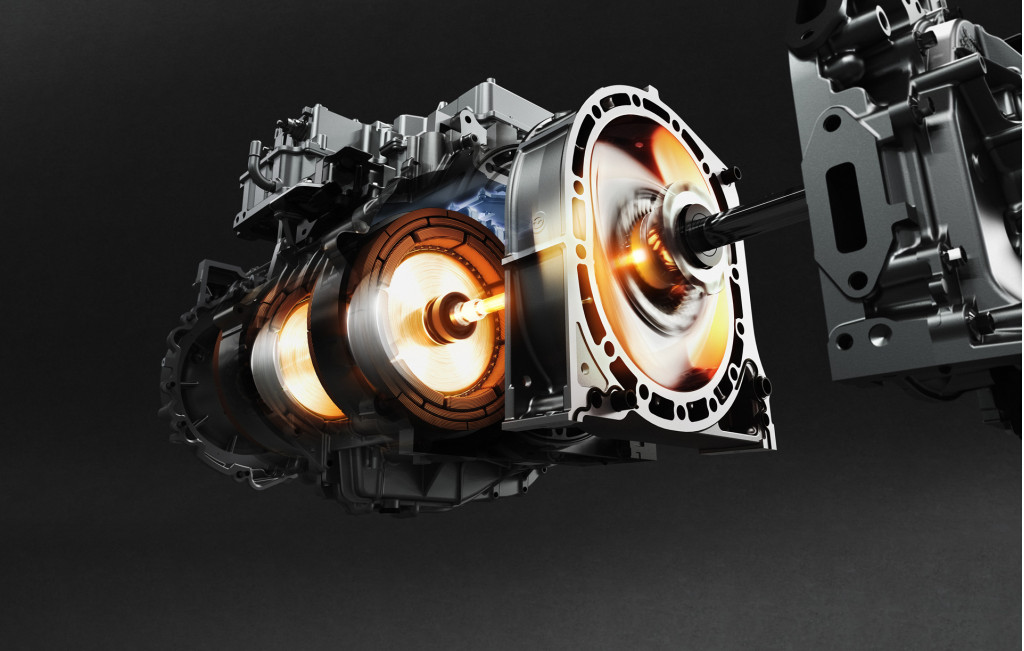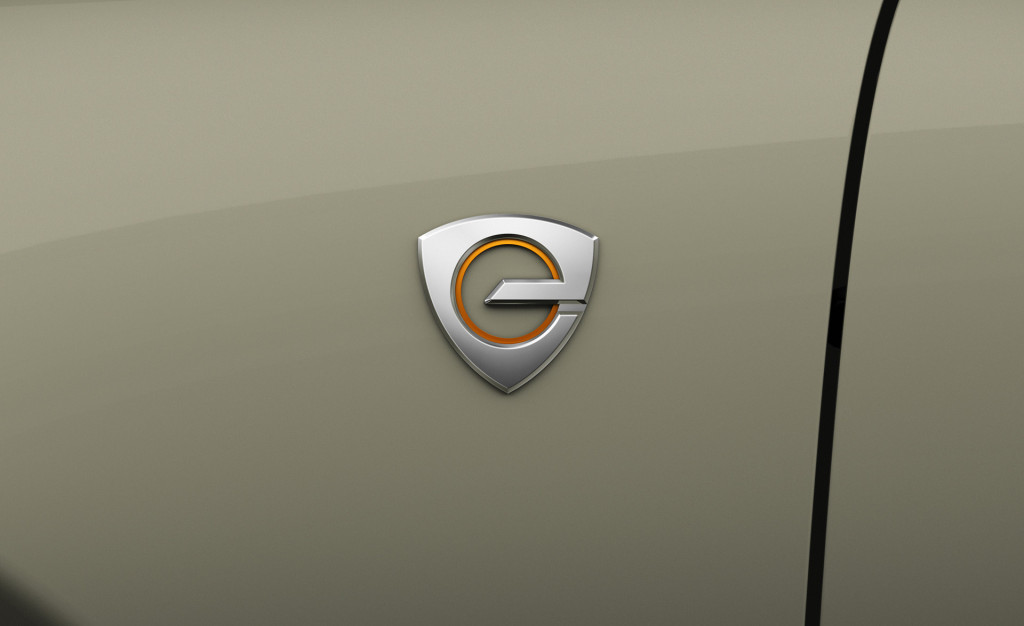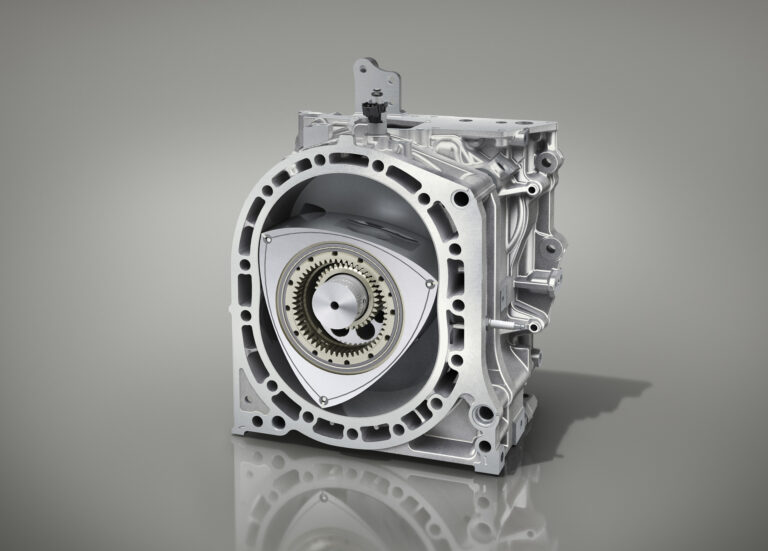Mazda on Friday used the 2023 Brussels auto show to present a modern vehicle fitted with a rotary engine.
The engine, a compact single-rotor design displacing 0.83 liters, serves as a range extender in a new R-EV variant of Mazda’s MX-30 compact electric crossover.
The engine is mounted directly to a generator and the electric motor that drives the MX30 R-EV’s front wheels, all of which is located in the vehicle’s engine bay. The engine never drives the wheels, meaning it is free to operate at its rev range that’s optimal for power and emissions. It’s used solely to generate electricity that can charge a battery or, during strong acceleration, also help power the electric motor.
The driver can choose between Normal, EV, and Charge modes. Normal mode will activate the rotary whenever it is required, whereas EV mode will draw power from the battery alone as long as possible. Charge mode will ensure the vehicle always has a minimum amount of battery charge, which the driver can set in increments of 10%. This can be handy if the driver anticipates entering a zone where only EVs are allowed, which may be the case in some cities in the future.

Mazda MX-30 R-EV
Sales of the MX-30 R-EV in Europe are confirmed to start in the spring, though availability in the U.S. hasn’t been announced. According a report from Green Car Reports, the MX-30 R-EV won’t come to the U.S., at least initially, as Mazda concentrates on other vehicles.
The MX-30 R-EV’s battery is a tiny 17.8-kwh unit, or roughly half the size of the 35.5-kwh unit that features in the regular MX-30, a vehicle the EPA rates at just 100 miles of range. With its battery fully charged and its 50-liter tank full of gas, Mazda estimates a range of over 400 miles for the MX-30 R-EV. Another benefit of the R-EV variant is a 167-hp power rating, versus a 143-hp rating for the regular MX-30.
Though it didn’t invent the rotary engine (the honor goes to German engineer Felix Wankel), the engine has had a special place in Mazda’s heart ever since the automaker launched its first rotary-powered model in 1967 in the form of the Cosmo 110S. Mazda only built 1,176 examples of the sports car between 1967 and ’72, but there would be more rotary-powered Mazdas, including sedans, race cars, and even a 26-passenger bus.
Issues like poor fuel economy and emissions have plagued the rotary, which is the main reason why Mazda, too, hasn’t previously offered one since the RX-8 went out of production in 2012.

Mazda MX-30 R-EV
The challenge of reducing emissions of the rotary engine means a rotary-powered sports car is unlikely to return to market, unless Mazda can somehow develop an electrified version that meets ever-tightening emissions regulations, something the automaker appears to be attempting, judging by recent patents.
Every vehicle in Mazda’s lineup will have some form of electrification by 2030. It’s part of the automaker’s overarching goal to achieve a 90% reduction in emissions versus its 2010 levels, by the year 2050.



